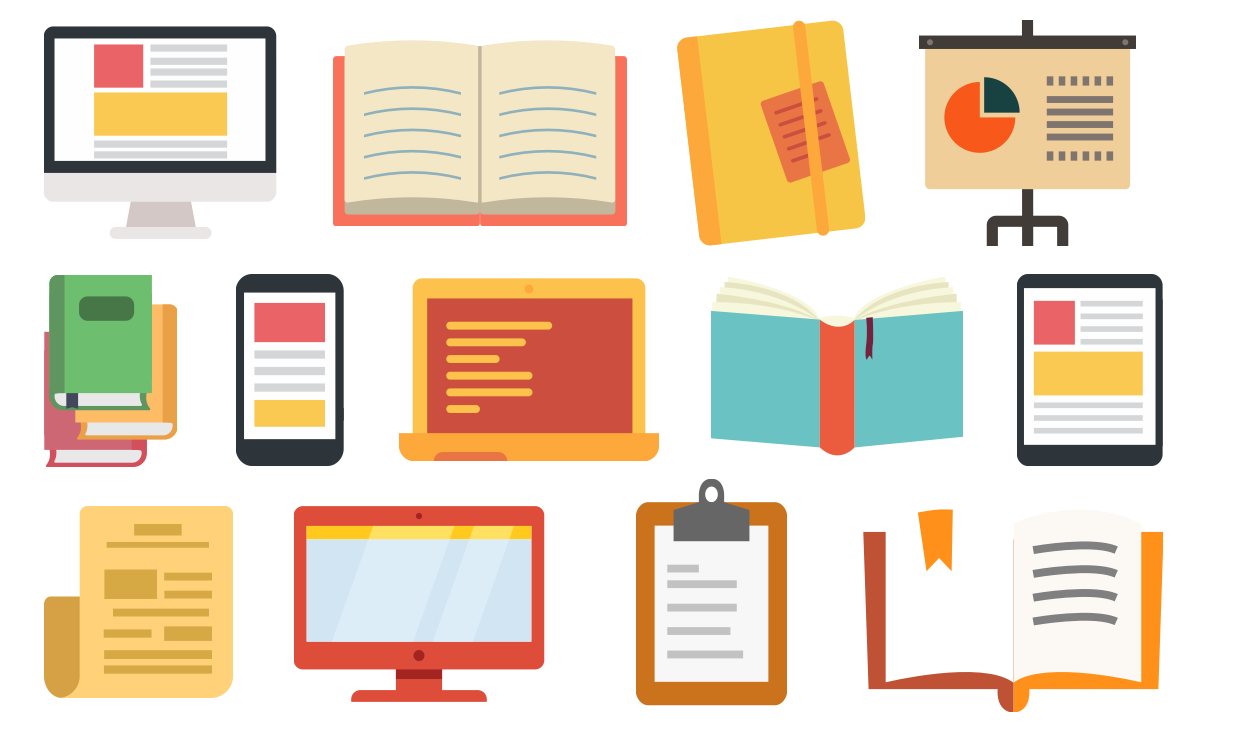Don’t reinvent the wheel, use secondary data!
These last few weeks I’ve focused on needs assessments. An important (although unglamorous) first step in needs assessments is to comb the data that already exists in the public space to see what you can learn.
Collecting data yourself can be expensive and time consuming. So if there’s a chance that the information you need already exists out there, you should most definitely take the time to find it! It’ll be a serious money saver. But finding existing data isn’t always easy.
Here’s my four favorite searchable sources of useful secondary data:
Census
This is everyone’s go-to, for a reason. It’s got great data at super granular data. For example, they’ve got some amazing data at the city level and even below that for unincorporated regions (census-designated places, or CDPs). Topics include things like age, sex, race, ethnicity, language, citizenship, place of birth, geographic mobility, marital status, disability, veteran status, public program participation, poverty, education, employment, occupations, health insurance coverage, means of transportation, time of transportation, fertility, etc. The website is the American Fact Finder… which, unfortunately, is not the most user-friendly. It takes trial and error, but trust me, you will get some amazing data out of it!
Kidsdata.org
If you work with children, kidsdata.org has a great clearinghouse of existing data from various sources. The level (state, county, city) differs based on the data source, but they’ve made it really easy to browse through it and find the data you need. This database includes data on demographics, safety, special needs, education, childcare, health, family economics, etc. This is a great way to get the Department of Education data, too!
[Note: HARC primarily works in the health/wellness/quality-of-life aspect of making communities better. So the next couple sources are heavily health/wellness related, and I apologize if that’s not relevant to your cause. But I encourage you to check it out anyway; some of them may have data that is surprisingly useful for your cause!]
CDC’s BRFSS
The Center for Disease Control and Prevention (CDC) has a lot of great data. Their Behavioral Risk Factor Surveillance Survey (BRFSS) is super helpful. Data is only available at the state and national level, but it’s still really informative if you’re in the health professions. It includes topics like health behaviors (alcohol consumption, tobacco use), cancer, chronic health indicators, health screenings, HIV/AIDS, immunizations, injury, obesity, oral health, physical activity, etc., and of course, demographics.
CHIS
The California Health Interview Survey (CHIS) provides some amazing data (with trends, maps, and everything) for communities in California. You can look at county-level data, state-wide data, or, if you’re in the Los Angeles region, medical service area-level data. It includes data on topics like health conditions, cancer, health behaviors, oral health, access/utilization, insurance, mental health, injury and violence prevention, childcare, parental involvement, community involvement, emergency preparedness, transportation, etc., and of course, demographics.
Bonus for my neighbors in the Inland Empire region of Southern California:
The Community Clinic Association of San Bernardino County commissioned this excellent report on the socioeconomic index of San Bernardino and Riverside Counties in 2015. They gathered existing data that was available at the zip- code level from sources like the Census, the California Department of Education, the Public Policy Institute, and more. The report neatly sums up three scores for each zip code:
- Economic and housing score (unemployment rate, poverty, Gini coefficient, renters, affordable housing)
- Education and culture score (high school dropout rate, higher education, Hispanic, linguistic isolation, undocumented workers)
- Health and access to care score (uninsured, Medicaid, population-to-doctor ratio, mortality rate)
Thankfully, they gave me permission to share this excellent report, so check it out here!
If you have favorite sources of existing data, please share in the comments!
